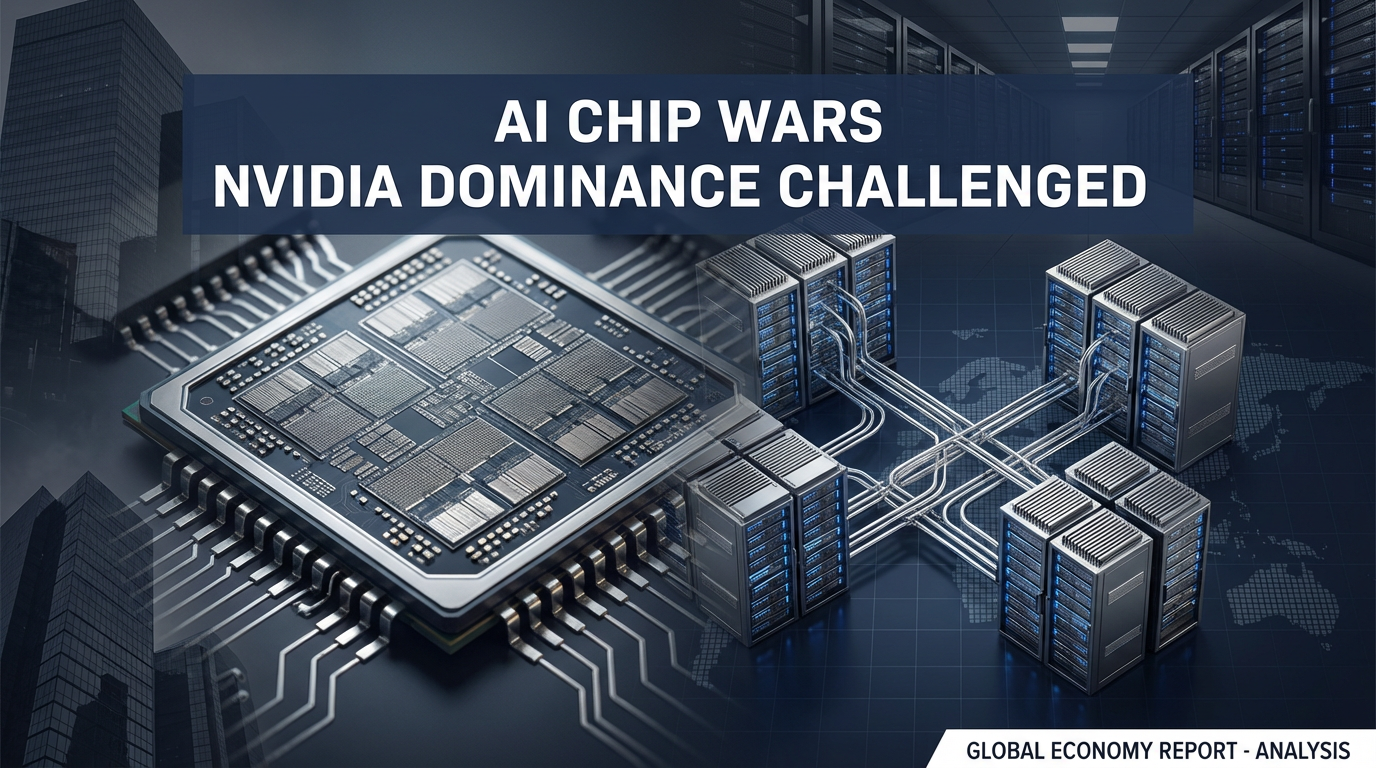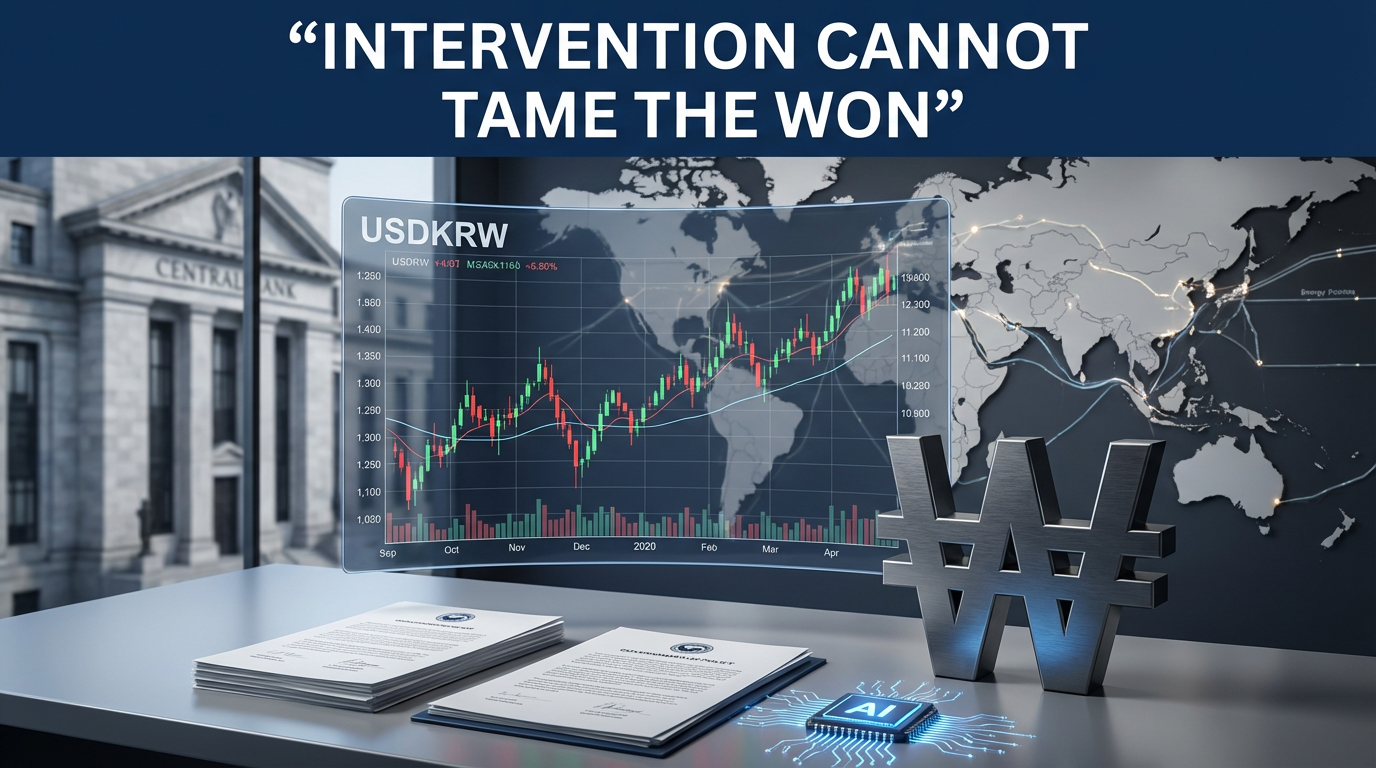Analysis of the U.S. CPI Report for February 2024 and Stock Market Outlook
U.S. January CPI Increase and Market Reaction
The market fluctuated as the January Consumer Price Index (CPI) increase was announced higher than expected.
The headline CPI rose 3.26% year-on-year, exceeding the forecast of 3.1%,
and the monthly increase was also 0.5%, higher than the market expectation of 0.3%.
Core CPI rose 3.0%, and increased by 0.4% monthly, exceeding the forecast of 0.2%.
Analysis of Factors Contributing to Inflation
- Soaring Housing and Rental Costs:
A major driver of core inflation, and if excluded, could decrease to 1.8% by the end of the year. - Trump Tariff Variable:
The possibility of tariff increases in 2024 may cause further inflation increases.- If tariffs increase to 10%, CPI will increase by an additional 0.5%~1.5%.
- In the worst-case scenario of an increase to 24%, CPI could soar to 3.5%.
- Fed (Federal Reserve) Interest Rate Policy Variable:
If CPI rises above 3.5%, the possibility of interest rate hikes rather than cuts will emerge.
Stock Market Outlook
-
S&P 500 PER Analysis:
- The current forward price-to-earnings ratio (P/E ratio) of the S&P 500 is approximately 22x.
- With a 4.5% interest rate maintained, the appropriate PER is 22.2x.
- If the interest rate rises to 5%, PER decreases (stock price could fall by 9%).
- If the interest rate falls to 4%, PER increases (stock price could rise by 14%).
-
Market Valuation Comparison:
- During the dot-com bubble (2000), the PER was over 40x.
- The current market is overvalued compared to the dot-com bubble level, but not in an extreme bubble.
AI Related Stock Outlook
-
AI Market Long-Term Cycle Analysis:
- Expected flow of internet innovation -> hardware growth -> software proliferation.
- The AI market is expected to have shorter and stronger growth than the internet bubble.
- Past NASDAQ trends (corresponding to still early stages compared to the internet boom).
-
Semiconductor vs. Software Investment Comparison:
- Rapid transition from hardware (semiconductors, data centers) to software (services).
- Software stocks such as Palantir (PLTR) are rising faster than semiconductor leader NVIDIA.
- Attention should be paid to software-related ETFs (IGV, etc.).
Tesla vs. BYD Electric Vehicle Competition
Tesla is securing competitiveness in the electric vehicle (EV) market with AI-based autonomous driving (FSD) technology.
- Tesla's autonomous driving technology is in a leading position compared to BYD.
- Why Tesla is likely to have a long-term advantage despite the growth of the Chinese EV market:
- U.S. AI and data analysis capabilities are superior.
- FSD technology is a key variable that will determine the direction of EV sales.
- China's ability to catch up with U.S. technology is limited.
< Summary >
The U.S. CPI for January was announced higher than expected, expanding uncertainty in the Fed's interest rate policy.
The main rising factors are housing costs and tariff risks, but in the long term, AI development may suppress inflation.
In the stock market, volatility is expected to continue due to changes in interest rates, and the S&P 500 is at an appropriate level but has room for further gains.
In AI-related stocks, software stocks are stronger than semiconductors, and the AI cycle is likely to proceed quickly and intensely.
Tesla has superior autonomous driving and AI technology, and has a high potential for long-term growth compared to China's BYD.
[More…]
*YouTube Source: [유동원의 성공투자]
– Inflation, AI, Tariffs & Tesla – What’s Coming Next?



